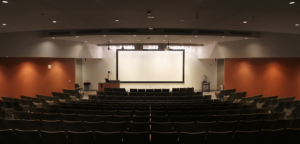
Quasi-active Learning: An Approach to Blending Active Learning and Lecture
While many of us know by now that lecture alone is incongruent with student learning, it remains the predominant form of teaching—and understandably so. Pedagogical change is not a natural function in college classrooms, and it is challenging to learn and implement new teaching strategies.




